First, let's address some issues. Why does blogging matter to business anyway? Two words: Connection and Communication. A business blog is an informal, easily maintained forum that allows communication between companies, customers, employees. And the best part is a blog is dynamic. It doesn't just lay there like a static webpage. A business blog provides a voice for your company that educates and informs your website visitors. They speak about your company's culture, make customers feel as if they know you better.
Our latest series of posts includes talk about some of the greatest advertising ever created, back in the day when brilliant ideas ruled and technology had yet to burst on the scene.
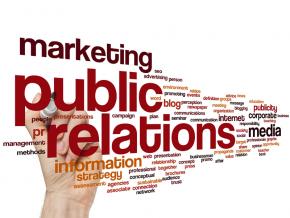
Hey there, savvy readers! 🎉 Welcome to a rollercoaster ride through the captivating world of PR and marketing. 🚀 Today, we're diving headfirst into the high-speed collision of two dynamic forces that drive brand awareness, build relationships, and sling your message into the hearts of your audience. Buckle up, because this is going to be a wild ride! 🌟

Once upon a time, in a land not so far away, there was a kingdom of businesses seeking to win the hearts of their customers and keep them enchanted forever. These businesses knew that the key to success was not just acquiring new customers but also nurturing their loyalty through the mystical arts of remarketing and CRM. Join us on this whimsical journey as we unveil the secrets of customer retention with a touch of light-hearted wit and a sprinkle of magic!

In today's digital age, video marketing has become an indispensable tool for businesses seeking to capture the attention of their target audience and drive meaningful engagement. With the ever-increasing popularity of social media platforms and the growing consumption of online video content, brands are leveraging the power of videos to connect with their customers in a more personal and immersive way.

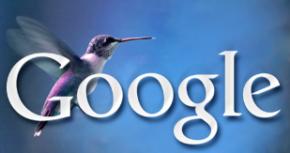
Making it more like Siri? The buzz about Hummingbird is that it’s the most significant change to Google’s search function in about 10 years. Unlike algorithm updates such as Penguin and Panda, Hummingbird is more of an addition. Although Google’s Search Chief, Amit Signai, labels it a “replacement,” Hummingbird is an interface that does a better job at matching complex web queries to targeted web pages.
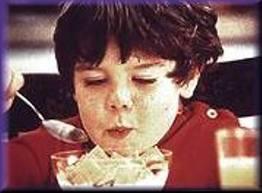
Doyle Dane Bernbach made this iconic commercial in 1972. The commercial features three brothers eating breakfast. Three bowls of Life cereal sit before them. The two older brothers note that it's "supposed to be healthy." Neither wants to try it. ("I'm not gonna try it – you try it!"). So they get their little brother Mikey to try it. ("Let's get Mikey. He hates everything."). Mikey stares at the cereal, then reluctantly has a spoonful. Soon, he's eating vigorously, prompting his brothers to exclaim, "He likes it! Hey, Mikey."
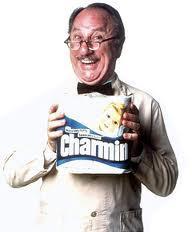
It's tough to advertise toilet paper. But John Cherokas found a way to do it. He created George Whipple, a fictional supermarket manager, and the advertisements ran for 21 years, from 1964 to 1985. In the ads, Mr. Whipple repeatedly scolds customers who "squeeze the Charmin." Of course, Whipple hypocritically squeezes the rolls when no one is looking.
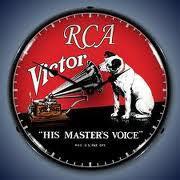
If you've ever wondered about the beginning of recorded music, you should know about the Victor Talking Machine Company. Victor was the leading American producer of phonographs and phonograph records from 1901 to 1929. The company was headquartered in Camden, New Jersey.
The brand's icon was "Nipper," has been claimed in various sources to be a Jack Russell Terrier, a Fox Terrier, or an American Pit Bull Terrier. It doesn't matter. Nipper was the dog that served as the model for a painting titled "His Master's Voice," by Francis Barraud.
Most Superbowl ads are either over-the-top productions, or they involve crude "supposed" humor. The Mini-Darth Vader spot is unique for it's depiction of a small, simple and touching moment. It is charming because of its brilliant story of a universal human truth. The ad agency that created it is Deutsch/Los Angeles.
Where to begin? How about cave paintings that date back to 4,000 BC? (Rumor has it that an exceptional image of the first Apple iPhone was found in the Paleolithic caves of Lascaux, France. That's how far ahead of the times Steve Jobs was.) And then there are the Egyptians, who used papyrus to make sales messages and wall posters. Commercial messages and political campaign displays have been found in Pompeii. (They became very hot.)